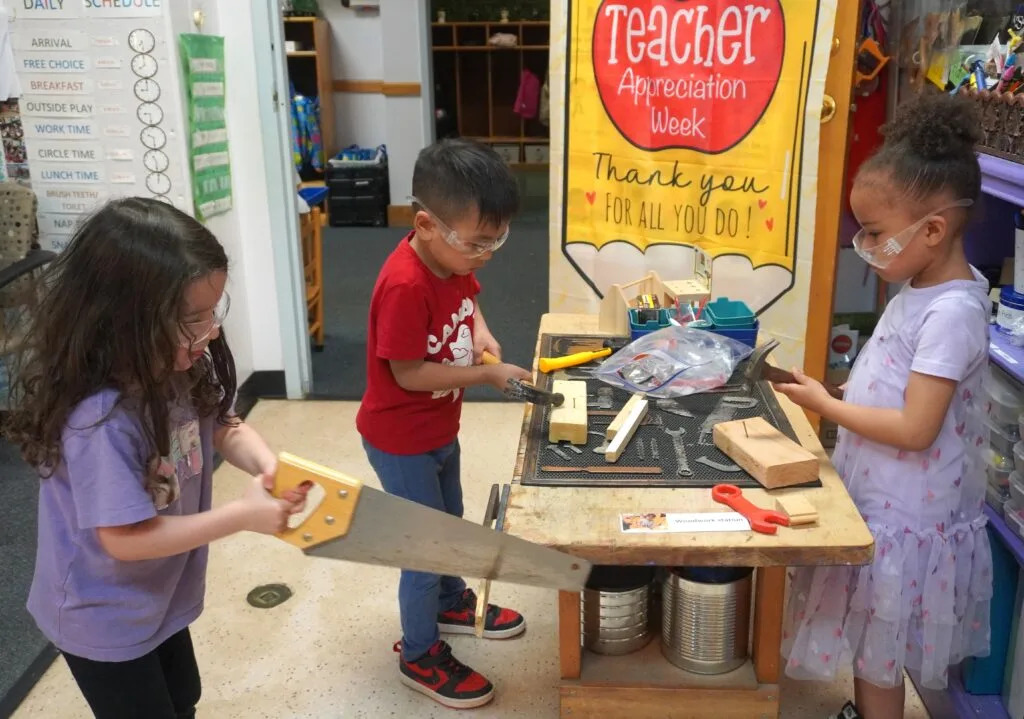
Children use a real saw, hammer and nails in woodworking area in their prekindergarten class May 8 at Downtown Baltimore Child Care. (Photo by William J. Ford/Maryland Matters)
Tylita Butler admits she’s always anxious before the first day of school in St. Mary’s County.
“I don’t sleep the day before school. I pack my bookbag and repack my bookbag and pick out my clothes and change my clothes and my shoes,” the 32-year-old eighth-grade science teacher said in interview Thursday.
“It is worse than Christmas morning,“ she said recently. “I am just waiting for my alarm to go off and tell me to go shower and get ready for school.”
Butler, a St. Mary’s native selected as the school system’s Teacher of the Year in May, is among more than 60,000 educators, administrators, counselors and other employees getting ready for the first day of the 2025-26 school year in Maryland.
St. Mary’s and Frederick counties kick things off Wednesday for the state’s 890,000 students, followed by nine other jurisdictions on Monday, according to the state Department of Education’s school calendar. Calvert, Montgomery and Prince George’s counties begin on Tuesday, Aug. 26, followed by Allegany County on Aug. 27. The remaining nine counties start school the day after Labor Day.

The new year sees the arrival of 3,000 new teachers, as the state continues working to address a teacher shortage, the implementation of a new math policy, and ongoing fights with the federal government over funding, which has been in flux since the arrival of the Trump administration.
Despite the surge in new teachers, school system documents show that some of the largest jurisdictions — Baltimore City and Baltimore, Montgomery and Prince George’s counties — had roughly the same number of educators as in the last school year.
It’s unclear how many of those new teachers for this upcoming school year are former federal government employees who were either laid off by the Trump administration or decided to take buy outs.
Education officials continue to assess how to decrease the state’s teacher shortage, reduce chr0nic absenteeism and continue to assess the Blueprint for Maryland’s Future education reform plan.
Meanwhile, professional development on a math policy approved in March will begin this school year, said State Superintendent Carey Wright and state school board President Joshua Michael during a back-to-school briefing last week.
The push is on to increase math scores, which ranked near the bottom half in the nation based on test results released in January. While Maryland fourth-graders improved from 42nd in the nation in 2022 to 39th last year on the National Assessment of Educational Progress, known as the “nation’s report card,” eighth grade students fell from 38th to 42nd in the same period.
Part of the math policy requires schools with students in prekindergarten through first grade to create a “heterogeneous mathematics classroom,” which will be for students with different skillsets or backgrounds.
Small-group instruction will be offered for students in grades two through five. Some students can receive individualized instruction who need additional support. Math intervention courses will be provided for sixth through eighth grade students struggling in the subject.
The state will also change the current three-year sequence for middle and high school students taught Algebra I, Geometry and Algebra II. Instruction will be done in a two-year period of integrated Algebra with elements of statistics and geometry.
The full math policy is scheduled for implementation by 2028-29 school year.
‘Still waiting’
Wright said during last week’s news conference at the state Department of Education building in Baltimore that the state received nearly $399 million this year from the federal government, about 8.7% less than last year.
The money, which had been briefly frozen by the U.S. Department of Education this summer, is used for various initiatives that include aid to low-income students, summer and after-school programs and instruction for non-English speaking students.
“The good news is that the money is here. The bad news is it is less than [the prior year],” Wright said.
Meanwhile, the state continues to wait on $232 million in pandemic recovery funds from the third, and final, iteration of the American Rescue Plan’s Elementary and Secondary School Emergency Relief, or ARP ESSER, program.
All states were promised that money under former President Joe Biden (D). But U.S. Education Secretary Linda McMahon told state education officials in a 5 p.m. Friday email on March 28 that the Biden promise was being canceled, and reimbursements to states would be made only under narrow provisions.
“We are still waiting,” Wright said.
Michael acknowledged it’s been frustrating trying to work with the current federal Department of Education, especially when less than 10% of state funding comes from the agency.
“In some ways, this is the most inefficient department of education we’ve ever engaged with, and so that level of uncertainty and policy turbulence has our team focused on determining whether that piece of the pie that is critical for serving specific student populations is going to come or not, instead of focusing on supporting the 1,400 schools that serve our 890,000 students,” he said. “We’ve spent more time talking about federal funding at the state Board of Education in the past eight months than we have in decades.”
Parental advice
Besides being one of the state’s top education leaders, Michael is also a public-school dad, whose 4 1/2-year-old daughter, Caroline, will begin prekindergarten this month at Commodore John Rogers Elementary/Middle School in Baltimore City.
“We couldn’t be more excited to live in a state that values and invests in early learning,” he said. “My daughter’s future and that of 40,000 4-year-olds across Maryland will be better because of it.”
Like all parents, Michael said he will begin a routine before that first day of school, when his daughter arrives at 7:45 a.m. for breakfast. Some of that routine includes reading books to your child, creating a space for your child to do work, attending a back-to-school events and even walking your child into the school building once or twice a week to have informal conversations with school staff.
“These are things that matter. They seem so simple,” Michael said. “But they are so important in helping our children, one, understand how important school is, and two, that we just build that connection between home and school at the start of year.”
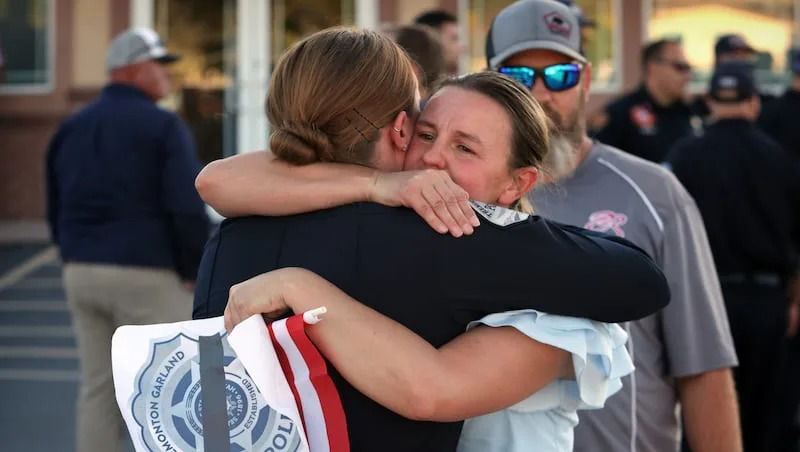
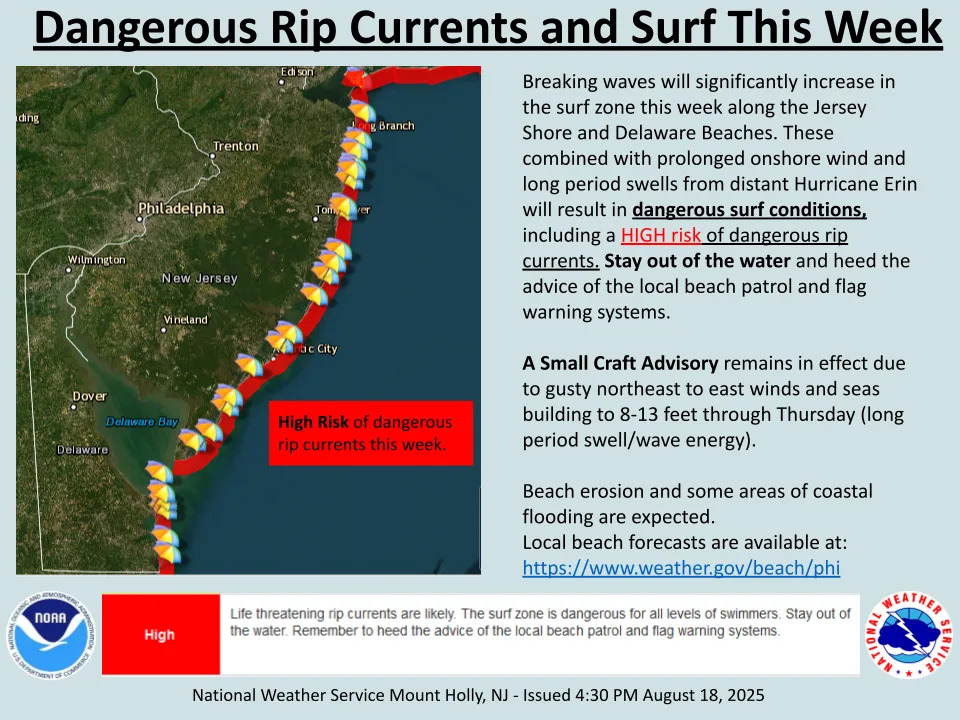
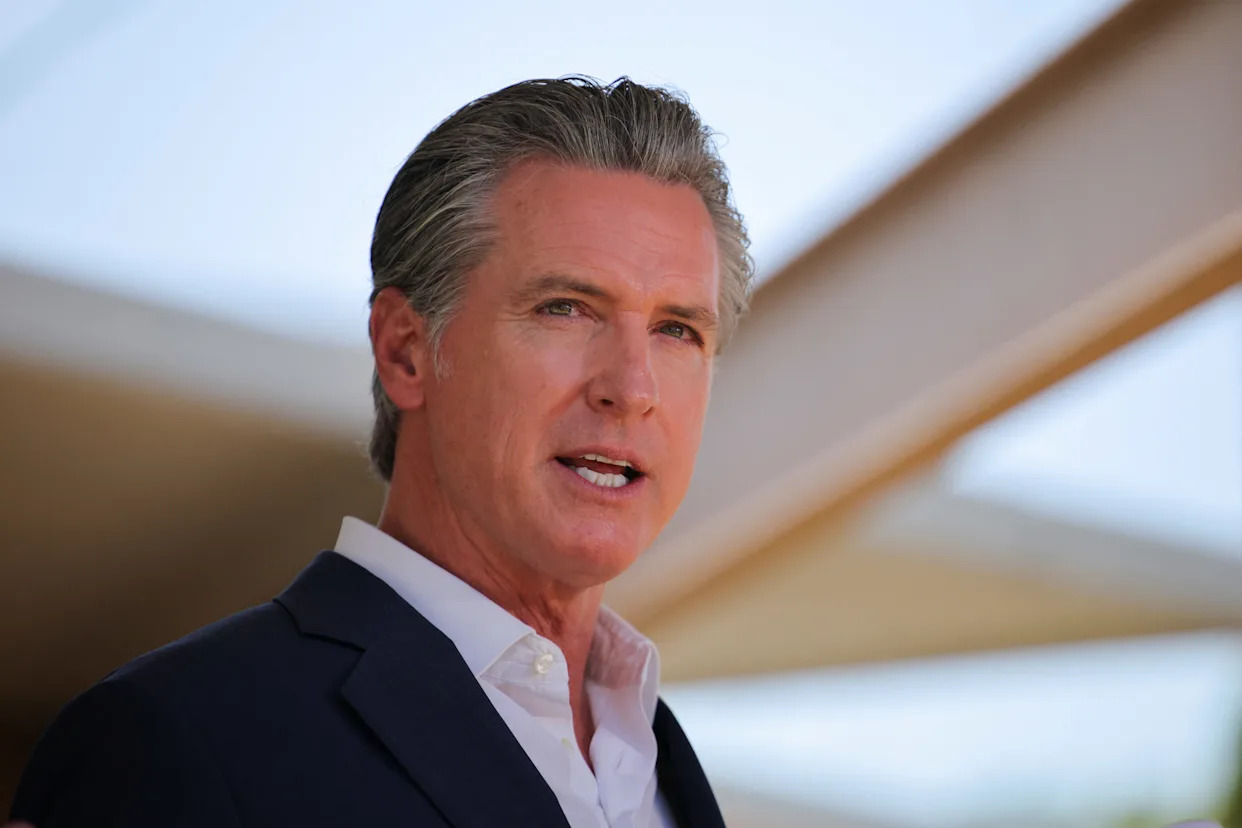
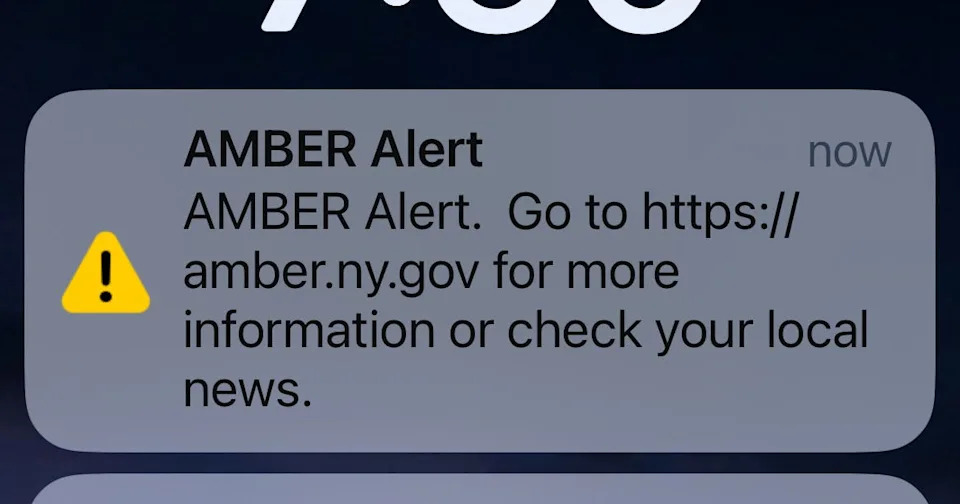


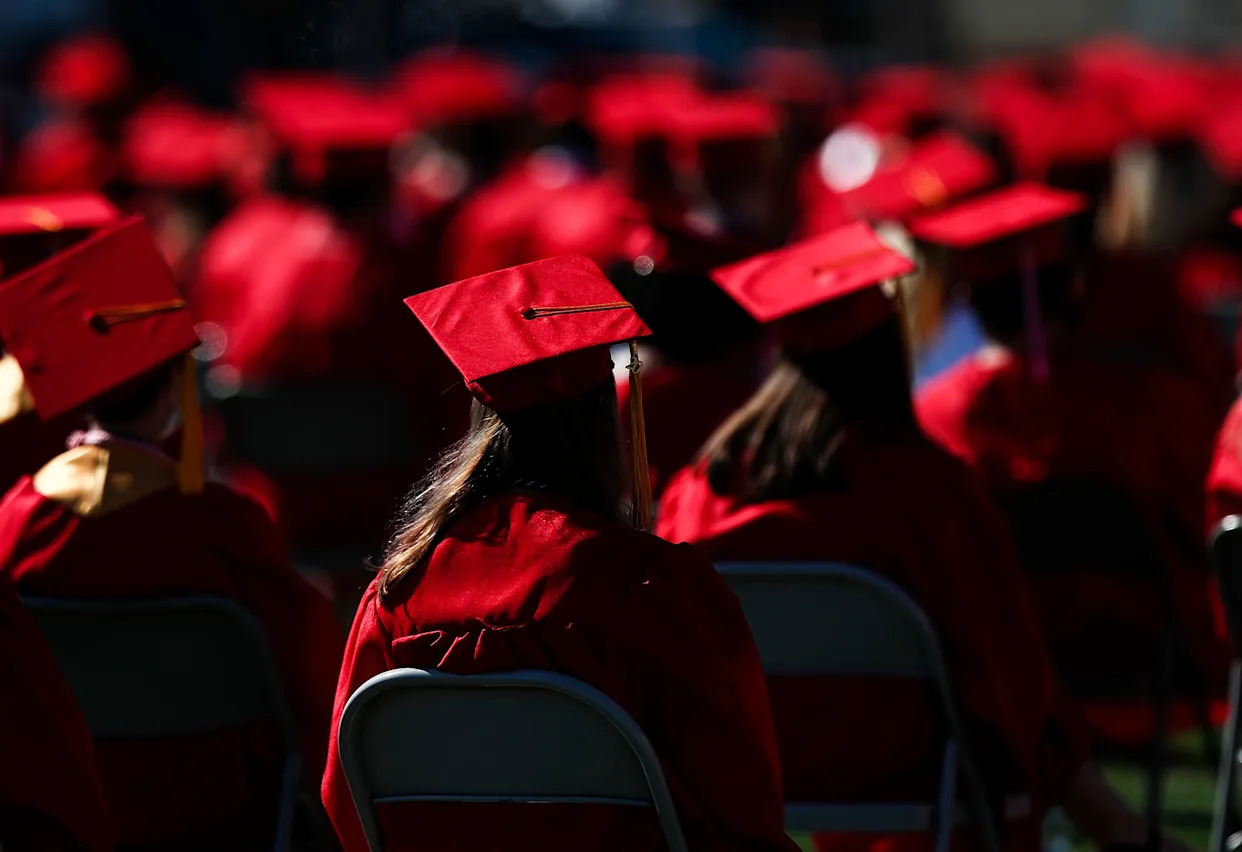
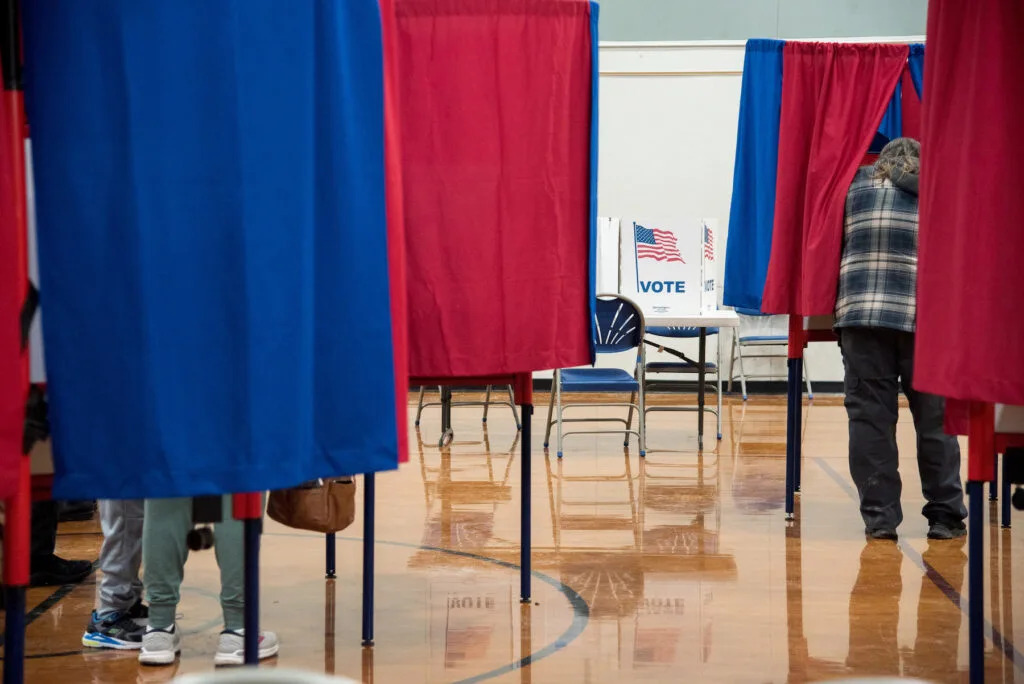
Comments